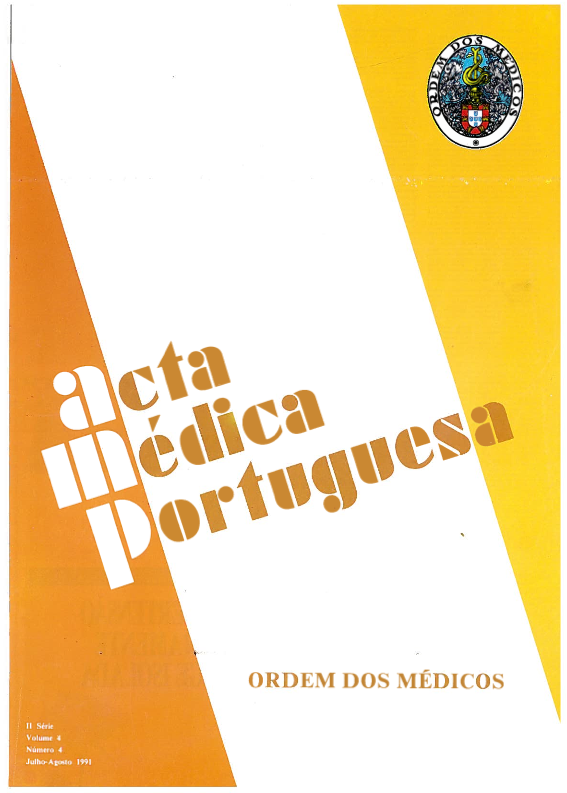Carotid artery surgery in extracranial occlusive disease and cerebral ischemia. Early and late results.
DOI:
https://doi.org/10.20344/amp.3360Abstract
Carotid artery surgery became an established procedure for the treatment of cerebrovascular insufficiency associated with carotid artery stenosis and for the prevention of Stroke. 180 patients were consecutively treated because of occlusive disease of the carotid arteries: 152 (84%) had TIA's or reversible deficits, 11 (6.1%) had strokes with partial recovery, 16 (8.8%) asymptomatic carotid disease and 1 patient (0.5%) had global cerebral ischemia. The severity of occlusive disease was assessed by ECHO-DOPPLER, with or without colour mapping and by angiography: 21 had minimal lesions (less than 20%), 58 stenosis between 21-75%, 92 stenosis between 76-99% and 7 had complete occlusion of the carotid artery; 2 patients had aneurysmal disease 196 operations were performed; early mortality (less than 30 days) was 2.2% (4/180) and neurological morbidity 1.6% (3/180), the operative risk being 3.8%. Longterm results were assessed during a follow-up period extending to 132 months and were assessed by life-table analysis. Survival was 52.5%, 79.3% of the patients were fully asymptomatic during the follow-up but 89.2% were stroke-free, the incidence of stroke being 0.97%/year. These results compare favorably with data available from the natural history and confirm the efficacy of carotid artery reconstructive surgery for the prevention of stroke.Downloads
Downloads
How to Cite
Issue
Section
License
All the articles published in the AMP are open access and comply with the requirements of funding agencies or academic institutions. The AMP is governed by the terms of the Creative Commons ‘Attribution – Non-Commercial Use - (CC-BY-NC)’ license, regarding the use by third parties.
It is the author’s responsibility to obtain approval for the reproduction of figures, tables, etc. from other publications.
Upon acceptance of an article for publication, the authors will be asked to complete the ICMJE “Copyright Liability and Copyright Sharing Statement “(http://www.actamedicaportuguesa.com/info/AMP-NormasPublicacao.pdf) and the “Declaration of Potential Conflicts of Interest” (http:// www.icmje.org/conflicts-of-interest). An e-mail will be sent to the corresponding author to acknowledge receipt of the manuscript.
After publication, the authors are authorised to make their articles available in repositories of their institutions of origin, as long as they always mention where they were published and according to the Creative Commons license.









